Central Bank rates are being watched closely these days, leaving people with many questions. What are central bank rates and who sets them? In this episode we discuss all of that and more!
Summary – Cents of Security Podcasts Ep. 106
Cassidy Clement
Welcome back to the Sense of Security Podcast. I’m Cassidy Clement, senior manager of SEO and Content and Interactive Brokers, and today I’m your host for the podcast.
Our guest is Jose Torres IBKR, Senior Economist. Central bank rates are being watched closely these days. It leaves a lot of investors with many questions. Some of them are where are central bank rates set and by who and why? In this episode, we’re going to discuss all of that more. Welcome back to the program, Jose.
Jose Torres
Hi, Cassidy. Great to be here. Hello ladies and gentlemen.
Cassidy Clement
So just to dive right in, it’s a super-hot topic these days. All about central bank rates and where are rates going and okay, great, it’s good, it’s bad, but who exactly sets them? So, I guess we’ll just go right into it. What are they, who makes them and why does it matter?
Jose Torres
Sure. So central banks essentially control short-term borrowing costs around the world. So, they, they set them usually by committee. So, in the Bank of England, the European Central Bank and the US Fed essentially has a committee of voting members and they together decide what the rate should be at each meeting.
Why does it matter? It matters because central banks are tasked with maintaining price pressures at a particular objective. So developed nations typically have a 2% inflation target. So, if inflation is running in excess of 2%, then central banks are likely to be in the position of holding or raising rates.
But if price pressures are declining significantly, let’s say below that 2% level, then at that particular juncture, central banks will have a bias to either keep rates neutral or lower them. The idea is that with a 2% inflation rate, you won’t have price pressures, run significantly higher, which is bad for economic conditions.
It’s bad for expectations because if society doesn’t have an idea of what price pressures will be in the future, then that’ll begin to impact behavior. For example, people will start buying a lot of things earlier in anticipation of price hikes and then there will be less of an incentive to save and to plan.
Right? Why would you save? And park and fixed income products, for example, if you have no idea where price pressures are going to be in the next five to 10 years. So, anchoring at that 2% inflation target, for the most part, it allows society and the economy to prosper and have planning and saving plans somewhat anchored to what price pressures will be.
Also, the growth component is also pivotal. In the US, the Fed has the price pressure mandate of 2%, but also another mandate they have as a dual mandate is to have strong employment conditions. So, they’re consistently worried about jobs and prices. They don’t want jobs to disappear because that’ll be.
That would be an adverse effect to the economy and economy in the US that relies on consumer spending. Heavily needs employment, so they’re constantly focusing on employment and prices. As of late, however, since the great financial crisis, there’s been much more of a bias to ease right away whenever there is labor market weakness, because it’s more tolerable for society to have a 3% or 3.5% or 4% inflation rate than for the unemployment rate to go up to five, six, or 7%.
Cassidy Clement
You mentioned a lot of elements that involve price, pressure, inflation, the financial stability of both the country and the majority of the wealth in that area. When it comes to the variables that are considered when creating the central bank rate, what exactly goes into that? Are they specific to the objectives or is it like a formula?
Jose Torres
It’s like a formula, but it’s a complex formula that mixes recent data alongside projections. So, if recent data is very cooperative, but members on the committee expect prices to jump in the future, then that’ll inform their behavior when they’re voting. So, for example, typically the easiest way to think about this in layman terms is to calculate the spread on the inflation rate and the central bank interest rate. So, if inflation is running at 2%, let’s say, and the central bank interest rate is at 4%, then that’s generally speaking, 2% of restriction because your wires are central bank at 4% when inflation is at 2%, right?
That means you have 2% of restriction. That also matters because bond investors and lenders in the real economy. They’re always worried about inflation because they don’t want to lend to somebody at a particular rate, and then inflation erodes their returns over time. So that’s an important topic.
Real rates, right? What is my real return? Because if I lend to you, Cassidy at 7%, but inflation is 6%, then my real return is only 1%. So central banks are constantly focusing on that element. The rate and the environment at which lenders and banks around the country can operate an environment where credit can be extended, but lenders also are in somewhat of a return. That’s not their direct mandate, but that’s what healthy economic conditions look like.
Cassidy Clement
So, the rest of the economy that is, we’ll say when I say the rest of the economy more, what we’ll say the average day-to-day investor is familiar with, especially like the Main Street versus Wall Street conversation. How do people usually see these rates impact the rest of the economy outside of those who are?
Deeply entrenched in financial commentary and news because while you and I may see this and talk about this very often, a lot of people may say how do central bank rates really impact me? Especially when they go through a change, they’re in a lot of headlines, and then you might not hear about them as much when it’s business as usual.
Jose Torres
Sure. So, in the easiest way to think about it is, when central banks start to raise rates, then your cost and your access to borrowing to borrowed funds becomes reduced. So, it’s harder to achieve credit, and it’s more expensive to obtain credit. Generally speaking, when central banks start to raise borrowing costs, so the rate sensitive sectors are manufacturing and real estate.
So, when you’re out there purchasing durable goods, like automobiles, like furniture, large electronics and appliances when if you’re borrowing on those kinds of items, you’d be looking at perhaps an interest rate of, let’s call it eight or 9% instead of five or 6%. And those, that’s how central bank rates affect you immediately.
Also, the qualification process when central banks start to raise, it becomes more difficult for people to get approved on credit. So, it’s not just a question of more expensive credit, it’s also a question of can I access credit? And that’s simply the immediate effects of central bank moves.
Now that for folks that aren’t borrowing, they may want higher interest rates because they’re savers. Or they also want higher interest rates because they’re saving, but they’re also looking to borrow something in the future, not necessarily in the present. So, they don’t mind higher interest rates.
Also, they’re upset maybe about inflation. So, if the Fed is hiking, then that satisfies them because that will. Incrementally served to quell price pressures. And those are some dynamics as to why folks would want higher interest rates. They’re not borrowing now, they may want to borrow in the future, so they don’t mind higher rates right now they’re savers, so they get paid on higher rates. Their real returns without risk are much higher with a central bank that has high rates. And then of course folks that, that aren’t borrowing right now, but that are looking to borrow into the future.
Cassidy Clement
When we’re looking at central bank rates from the US perspective, as you and I are in the United States to talk about this in a larger sense, how does the United States as a country and our Central Bank rates impact the rest of the world economically, especially if there’s a change? I think that’s very pertinent to today’s news, but usually what are the ways that we see this impact across the world?
Jose Torres
So, usually when you have higher rates in the US, money starts to flock to the states because, like I said earlier, with the saving component, you’re essentially paying folks to save and incentivizing them to save. Instead of investing. So typically, emerging markets are going to have high levels of returns because they have high risk.
So that dynamic, that high risk becomes less attractive when the US starts to raise its borrowing costs because investors start to say I’m getting paid perhaps 15% out here in the emerging markets in Asia, let’s say Southeast Asia, but in the US rates just went up 2%. So, I can park money there risk free, theoretically at 4.5% at the long end of the curve, or at the short end of the curve above 4%, maybe 4.20%, 4.10%, something like that.
So now when rates in the US are zero, then there’s no incentive for me to park mine in the us. I’m going to go out there looking for returns elsewhere, and I’m, I have an incentive to take on more risk. So that’s really the dynamic there. Whenever the US’ rates start to increase, typically the dollar gains in value because people are exchanging their dollars to buy treasuries and to park money in US banks.
But when rates are low, then that’s downward pressure on the dollar and folks are, have more of an incentive to invest. So that’s a huge aspect that we, we haven’t really talked about yet. So simply it is central banks essentially manage the risk reward dynamic where high interest rates incentivize folks to save, whereas low interest rates incentivize folks to go out there and invest and to take risk.
Cassidy Clement
So, you mentioned there a really good point, which is the risk and reward dynamic that gets impacted or in some ways even created or destroyed with these rates. So, what are some things that investors or listeners should keep in mind when a rate changes on the horizon? And they may be changing their financial strategy, or they may be trying a new one.
Jose Torres
Yes. So, there’s sectors that benefit from higher rates. If you’re in the financial sector for example, usually those lenders, those traditional lenders, they do well if their balance sheets are strong and they don’t have much interest rate risk. Meaning that they don’t have a lot of loans at low interest rates that then get repriced at higher interest rates, then that weighs on their balance sheet.
If they have a well-diversified balance sheet, then perhaps, lenders are a good option for investors in a high-interest rate environment. Usually in a lower interest rate environment speculative stuff starts to do really well, really growth stuff. Companies that aren’t making money now, but that could potentially make money in 5, 10, 15 years because the formula of the discounted cash flows when you have interest rates that are much less than the burden on corporates to make money right here, right now goes out the window because money is easy and money is not necessarily demanded it as much.
Now when interest rates are high, money tends to be more scarce, and there’s more of an emphasis on corporates that are making money right here, right now. So companies like in the lending capacity as well as in the defensive capacities like consumer staples, healthcare and utilities, those are not the sexiest kind of sectors, but they tend to do well in environments of higher interest rates when cyclical, cyclically oriented sectors may not do as well because they can’t borrow at low levels. For example, industries like, like the industrials, for example, or communication services or technology. They can’t borrow that cheaply in an environment of high rates, so their path to advancement becomes more narrow.
Cassidy Clement
Yeah, those are all really great points, especially because a lot of that question is rooted in the specifics of your financial goals or the sector that you’re looking to invest in. So, you brought up some great points today. Thanks for joining us, Jose.
Jose Torres
My pleasure, Cassidy. Thanks for having me.
Cassidy Clement
Sure. As always, listeners can learn more about an array of financial topics for free at interactivebrokers.com slash campus. Follow us on your favorite podcast network, and feel free to leave us a rating or review. Thanks for listening, everyone.
Disclosure: Interactive Brokers
The analysis in this material is provided for information only and is not and should not be construed as an offer to sell or the solicitation of an offer to buy any security. To the extent that this material discusses general market activity, industry or sector trends or other broad-based economic or political conditions, it should not be construed as research or investment advice. To the extent that it includes references to specific securities, commodities, currencies, or other instruments, those references do not constitute a recommendation by IBKR to buy, sell or hold such investments. This material does not and is not intended to take into account the particular financial conditions, investment objectives or requirements of individual customers. Before acting on this material, you should consider whether it is suitable for your particular circumstances and, as necessary, seek professional advice.
The views and opinions expressed herein are those of the author and do not necessarily reflect the views of Interactive Brokers, its affiliates, or its employees.

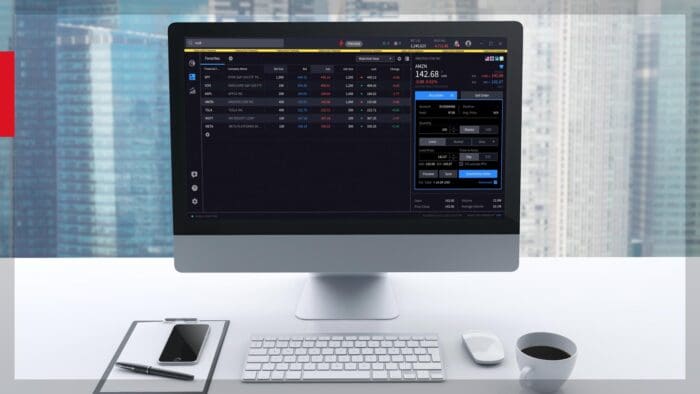
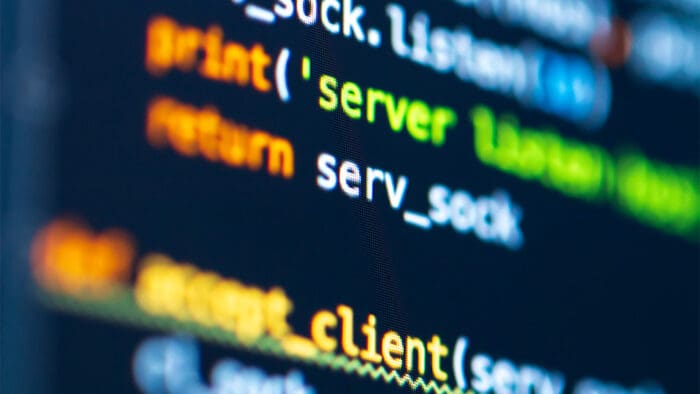
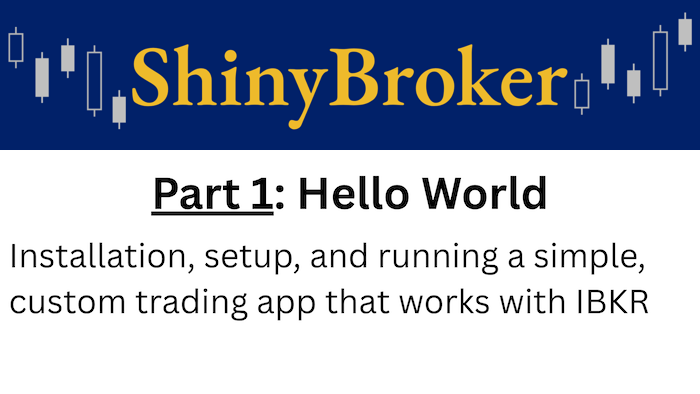
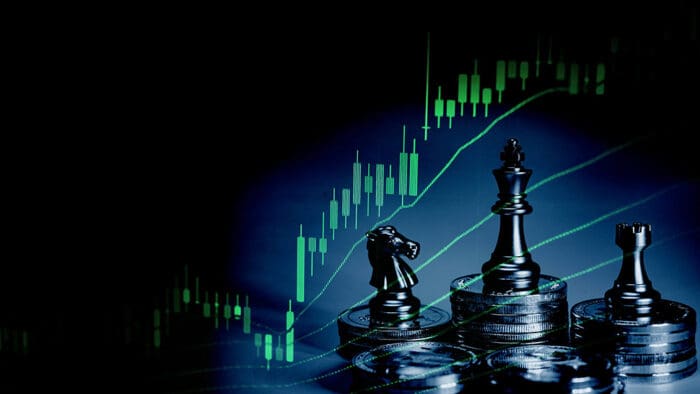
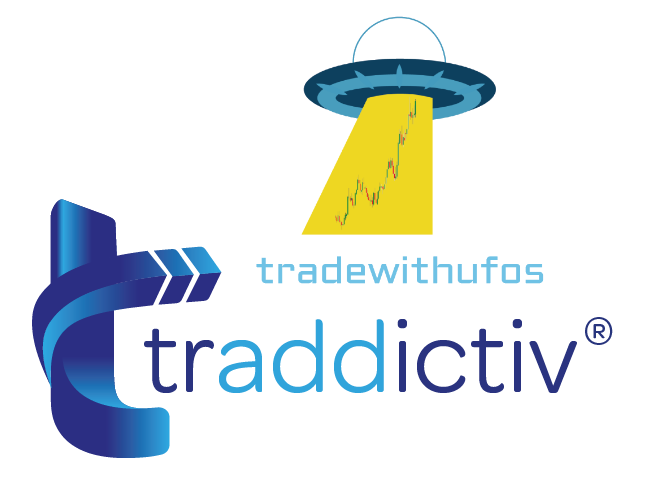



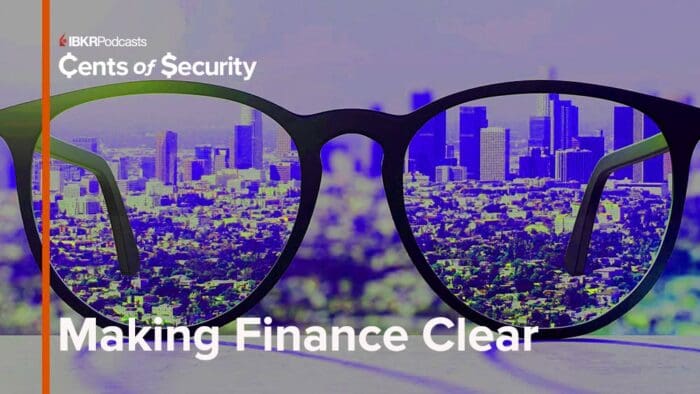
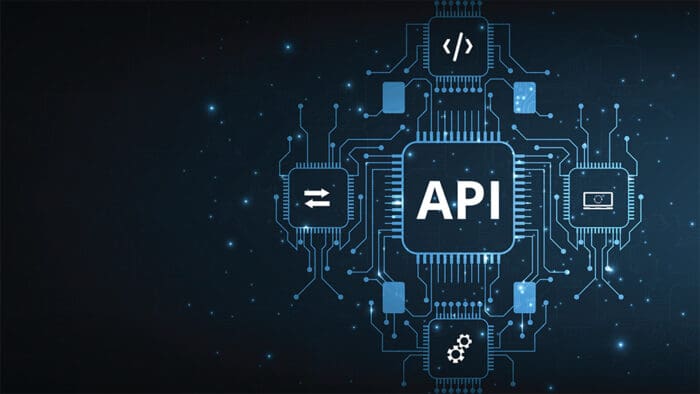
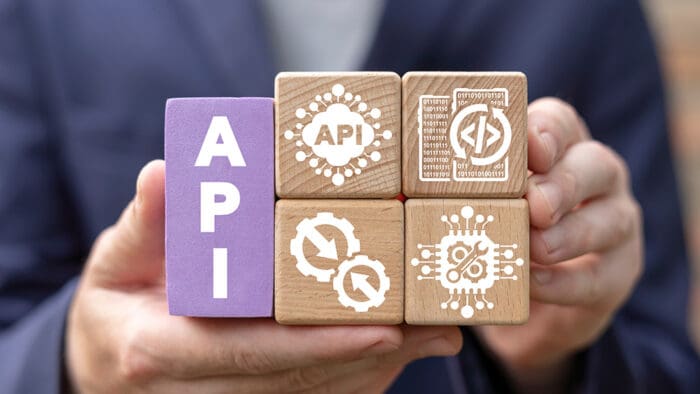

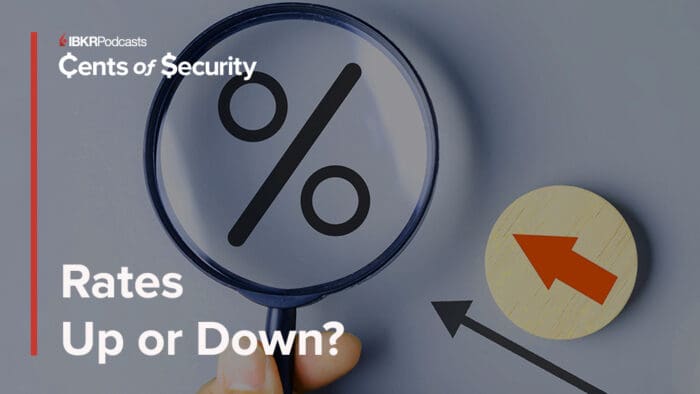


Join The Conversation
For specific platform feedback and suggestions, please submit it directly to our team using these instructions.
If you have an account-specific question or concern, please reach out to Client Services.
We encourage you to look through our FAQs before posting. Your question may already be covered!